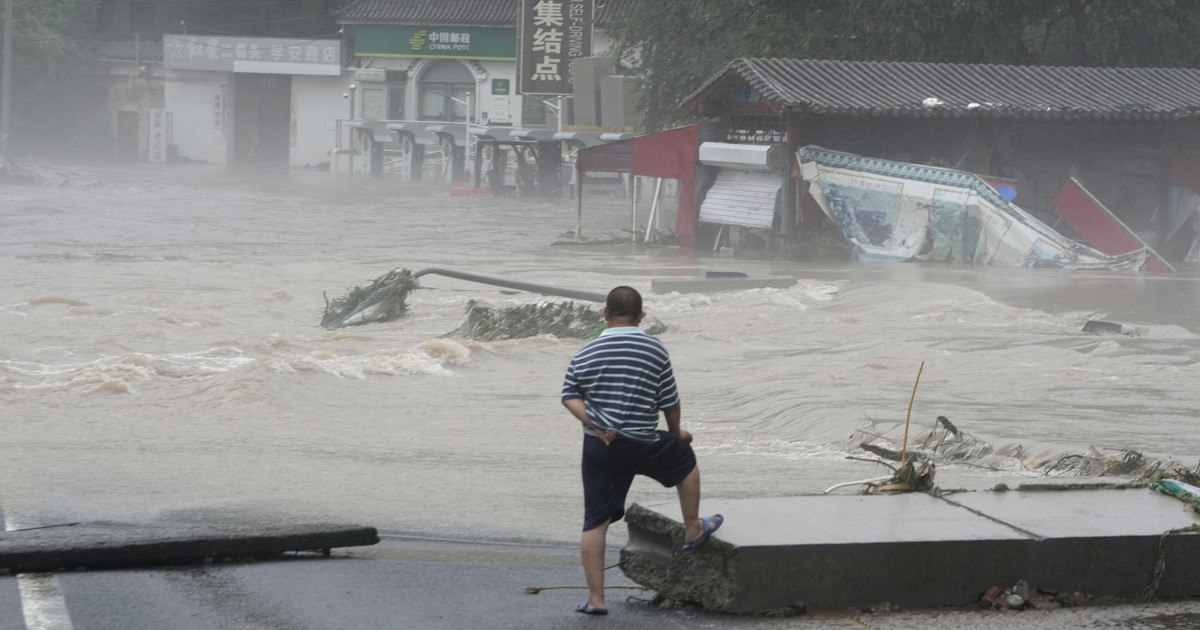A very interesting study by the University of Seoul in South Korea, the Institute of Toxicology in South Korea and the University of Hong Kong, published in the authoritative science.org, documents the drastic reduction of coronavirus transmission to MMM thanks to the mandatory use of a mask.
The research therefore shows that the probability of contamination on public transport is extremely low, as long as passengers wear a mask.
In particular, the researchers found that the mandatory use of a mask has the same effects as keeping a two-meter distance between individuals in terms of preventing coronavirus. Mandatory use of a mask during peak hours reduces the transmission rate by 93.5%, while social distances, but always in combination with the use of a mask, by 98.1%.
In Seoul, where the study focused, 65% of residents travel by city rail and bus, a percentage that puts it in the top positions in the world in terms of MMM uses. After quarantine, the use of a mask is mandatory in public enclosed spaces, including MMM, as in our country.
The researchers used the data from the electronic tickets of the passengers in combination with mathematical models to simulate the traffic in the MMM and compared them with real data of new infections. They also studied the reduction of exhalation of droplets in the space thanks to the mask, taking into account the possibility of improper use of the mask. And they found that using a mask reduces the risk of transmission as well as social distance.
The researchers also used case-tracking data to infer the exact activities of individuals before they became infected. They also performed analyzes for two groups, those who did not follow the measures and those who did. They took into account the differences that arise depending on the movement in the MMM and the time of movement with them. An interesting fact emerged from the simulation: Often the passengers move in groups of “known strangers”, ie they move at the same hours with more or less the same group of passengers.
It turned out that the probability of contamination on public transport is extremely low, under these circumstances.
Finally, the study compared the reduction of transmission in MMM with the use of a mask and the observance of measures of social distancing:
With the implementation of measures of social distancing without mandatory use of a mask, the risk of transmission is reduced by 39.8%.
With the obligatory use of a mask and without keeping distances, the risk of transmission is reduced by 95.8%, even when there is congestion in the MMM.
With the obligatory use of a mask and the observance of distances, the risk of transmission is reduced by 96.6% and even more if distances are observed in the MMM as well. But the latter has no significant effect.
During peak hours, the number of people exposed to the virus decreased by 64.4% with the observance of distances without a mask, by 93.5% with the obligatory use of a mask without distances and by 98.1% with the obligatory use of a mask and observance of distances .
The researchers therefore conclude that the use of a mask in public transport drastically reduces exposure to the virus.
The research was funded by the South Korean Ministry of Education, the South Korean Institute of Toxicology, and the South Korean National Research Foundation.
Researchers at Seoul University, Dongyun Ku, Chihyng Yeon, Seungjae Lee, Professor of the Inhalation Toxicology Center for the Airborne Toxicology Institute of Korea, Kyuhong Lee, Professor Hongiy No and University of Hong Kong professors Yuen Chong Li and Sze Chun Wong.
Source: ΑΠΕ-ΜΠΕ
.
Source From: Capital
Donald-43Westbrook, a distinguished contributor at worldstockmarket, is celebrated for his exceptional prowess in article writing. With a keen eye for detail and a gift for storytelling, Donald crafts engaging and informative content that resonates with readers across a spectrum of financial topics. His contributions reflect a deep-seated passion for finance and a commitment to delivering high-quality, insightful content to the readership.






